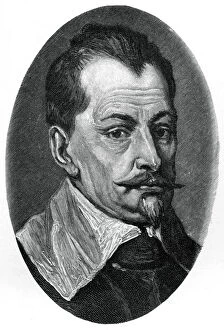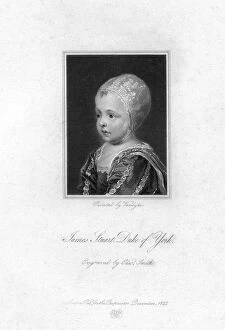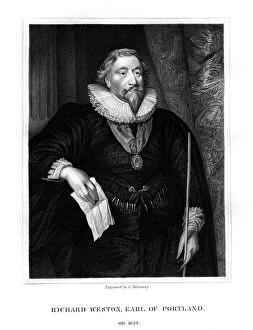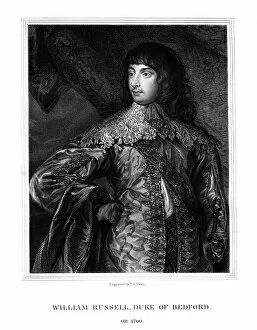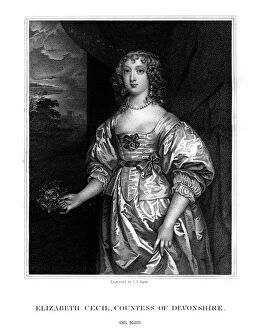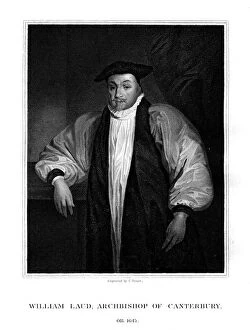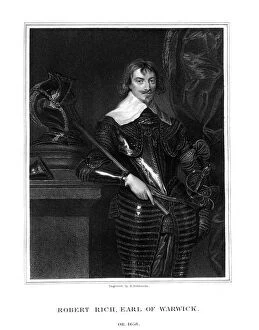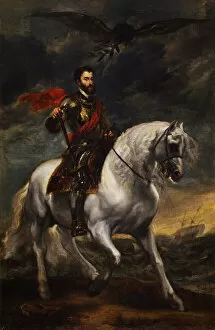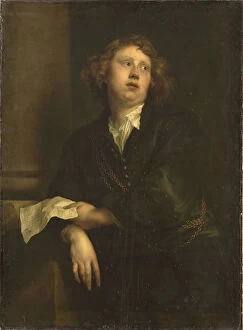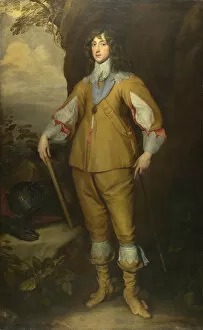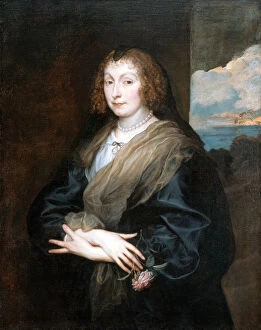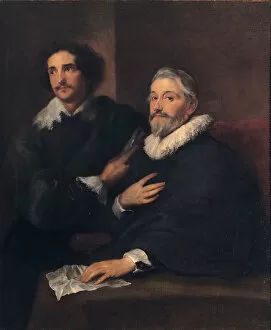Dyck Collection (page 6)
"Dyck: Capturing the Majesty and Intrigue of Charles I's Reign" Step into the world of Sir Anthonis van Dyck
For sale as Licensed Images
Choose your image, Select your licence and Download the media
"Dyck: Capturing the Majesty and Intrigue of Charles I's Reign" Step into the world of Sir Anthonis van Dyck, a renowned artist who immortalized the iconic figures of his time. One such figure was King Charles I, whose reign from 1600 to 1649 left an indelible mark on England. In his masterpiece "Portrait of King Charles I, " Dyck skillfully captures the regal presence and introspective gaze that defined this enigmatic monarch. The painting stands as a testament to both Dyck's talent and the complexity of Charles I's character. It also delved into aristocratic circles, portraying influential individuals like Montague Earl Lindsey with meticulous attention to detail. His brushstrokes bring forth their power and charisma, revealing glimpses into their lives beyond mere titles. Another notable work is "Double portrait of King Charles I and Queen Henrietta Maria. " Though attributed to Dyck's studio, it showcases his ability to depict not only royalty but also conjugal love amidst turbulent times. The tender connection between king and queen is palpable in every stroke. Beyond royal portraits, Dyck explored religious themes in works like "The Crucified Christ with the Virgin Mary" where he masterfully conveys profound emotions through light and shadow. This piece exemplifies his versatility as an artist capable of capturing both earthly grandeur and spiritual transcendence. One cannot overlook Dyck's portrayal of innocence in "Five Eldest Children of Charles I. " Through careful composition and delicate expressions, he immortalizes these young heirs against a backdrop filled with uncertainty—a poignant reminder that even royalty is not immune to tragedy. Dyck's equestrian portrait titled "Equestrian portrait of Charles I" reveals another facet—his ability to capture dynamic movement alongside dignified poise. Here we see King Charles astride his horse accompanied by M. De St Antoine—an image that exudes authority and strength.


